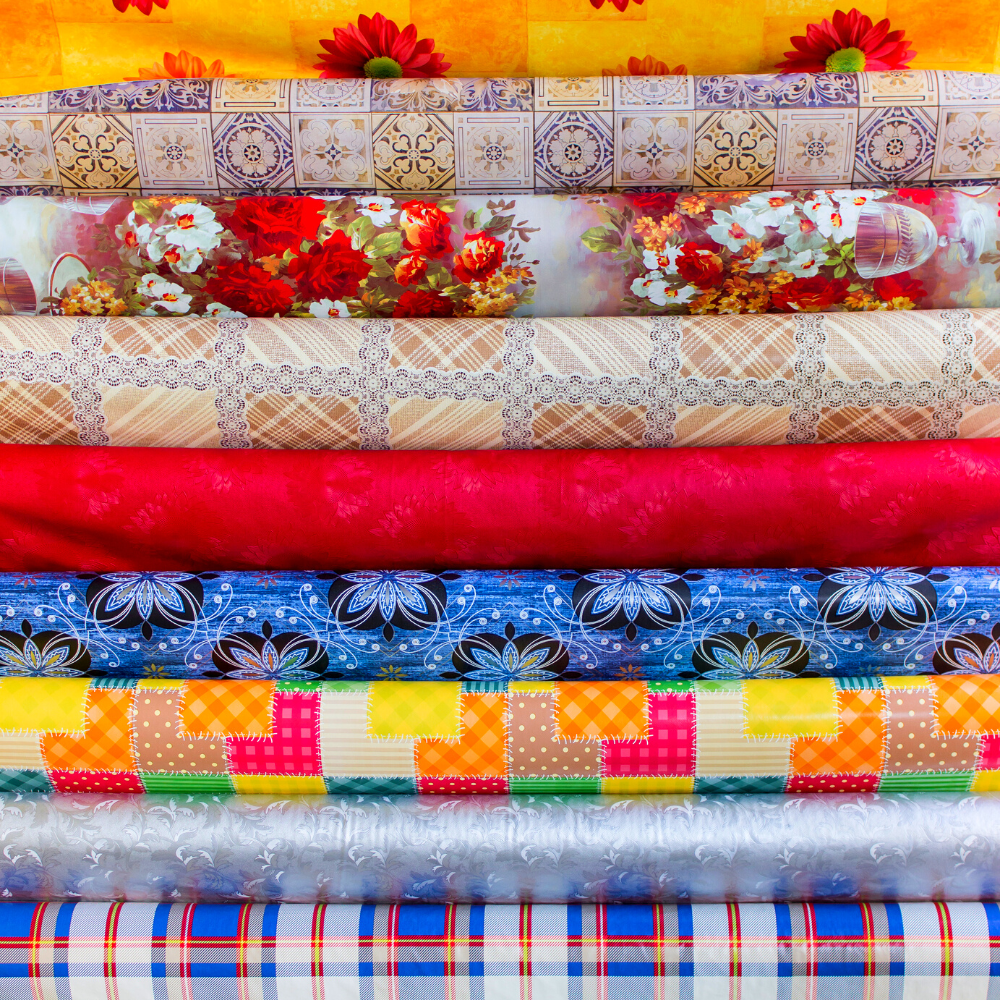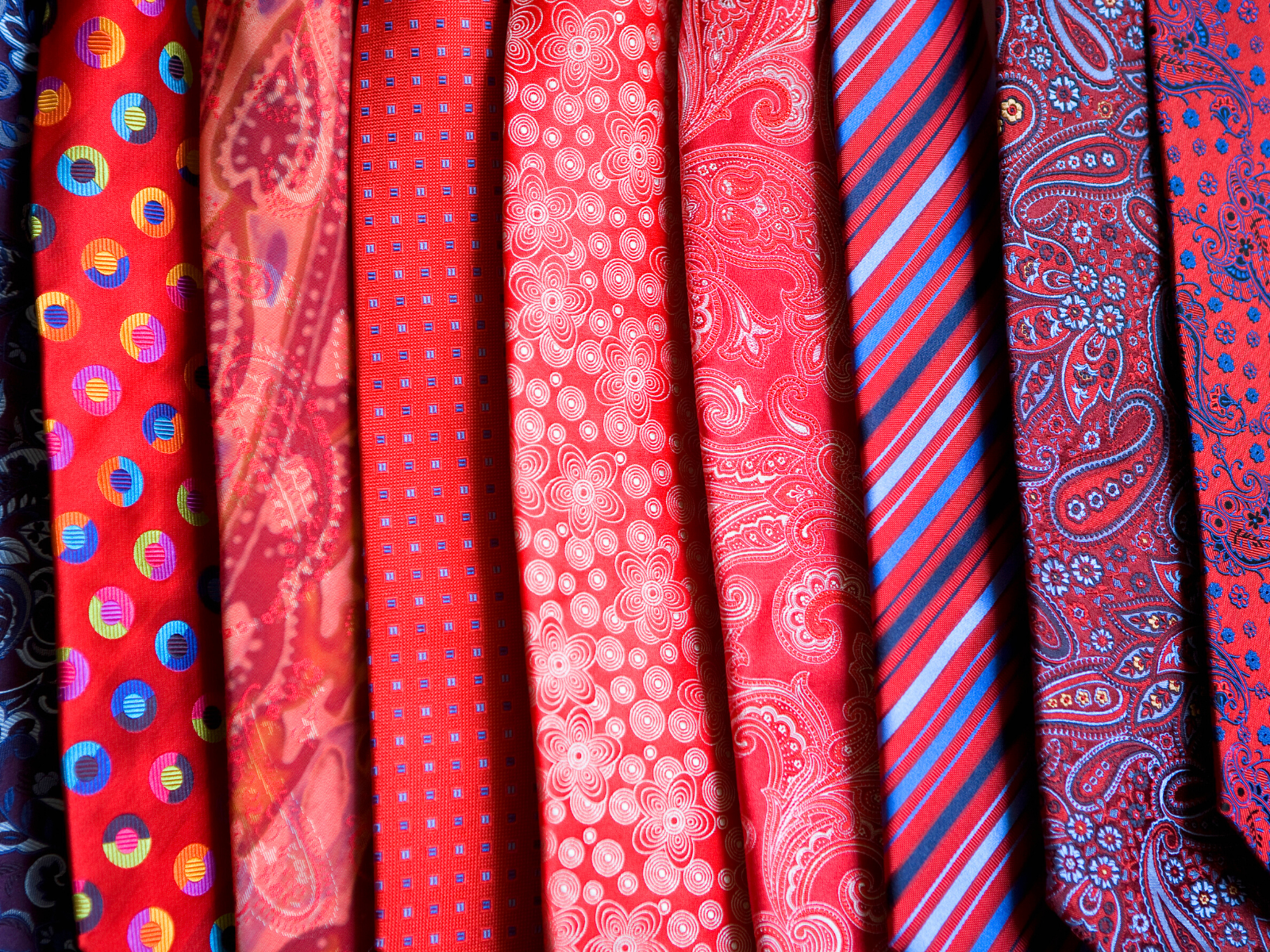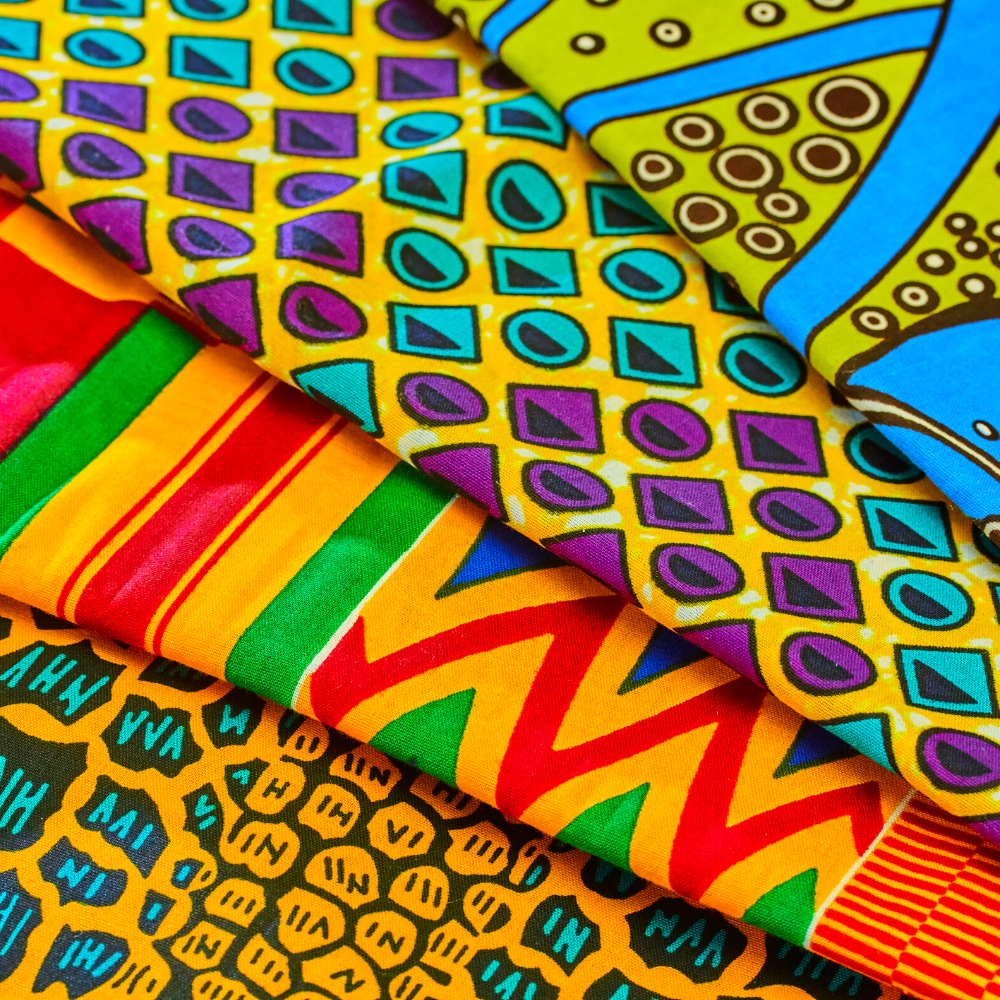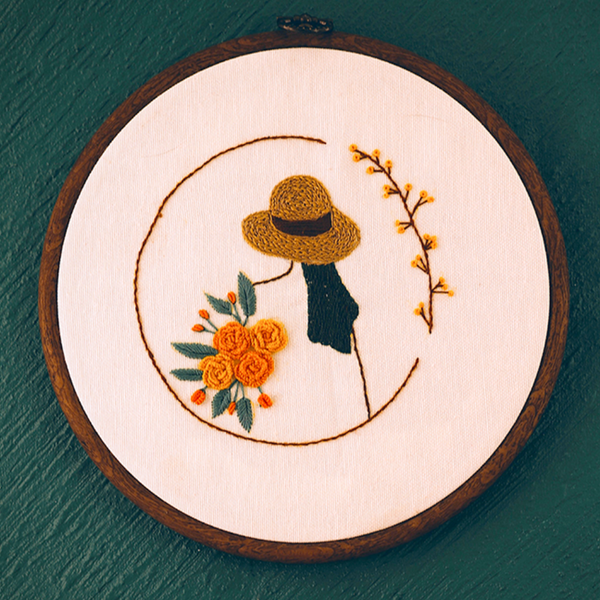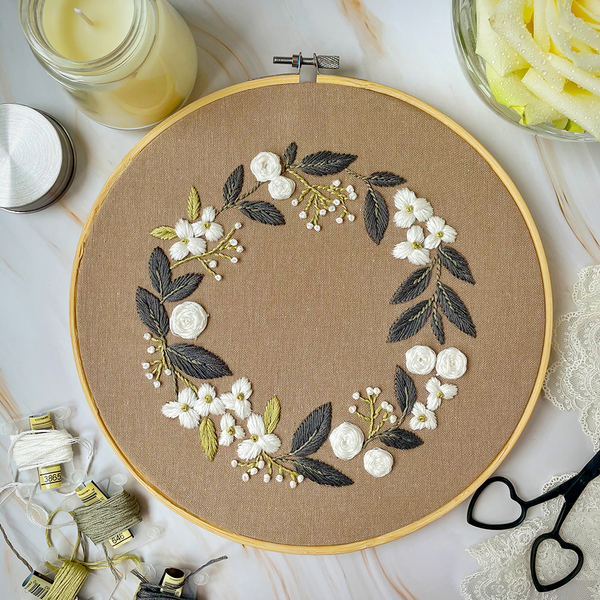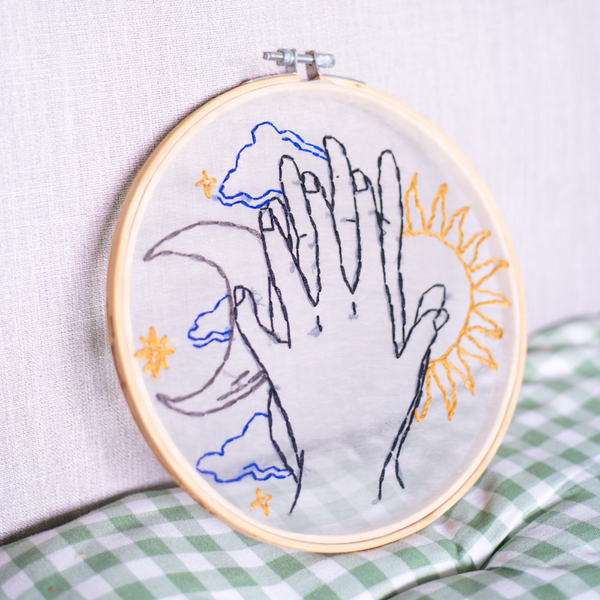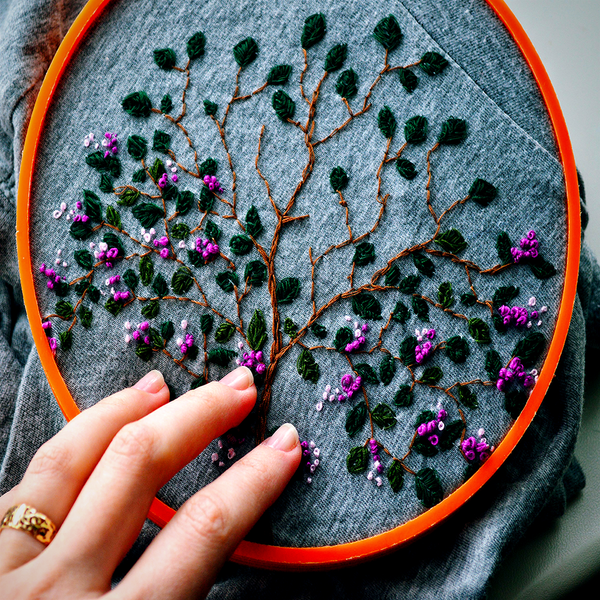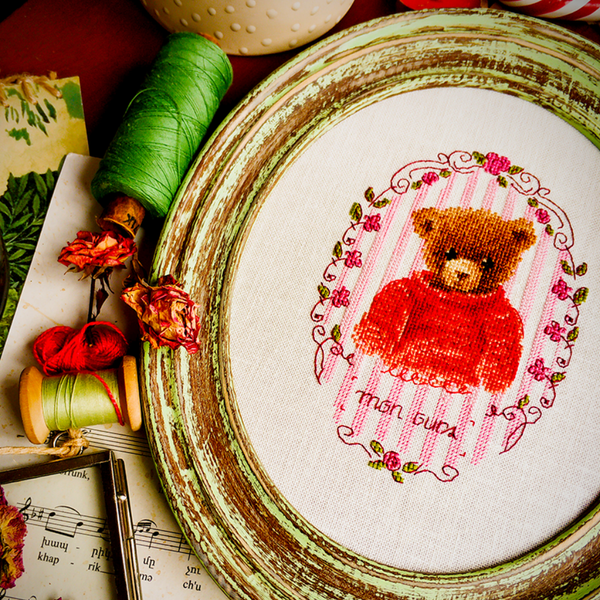Are you an artist looking for some new tips to elevate your fabric-based projects?
Look no further than this post!
With all the fun and creative ways to use fabric, it can be difficult to keep up with all the options.
For artists and creators alike, the quality of the fabric is everything.
It can make or break a project, and in some cases, it can dictate the success of your final piece.
With so many options available in the market, selecting the right fabric can be a daunting task.
Additionally, maintaining the quality of the fabric is essential in ensuring that your project lasts for years to come.
We’re about to show you all that fantastic artwork is within reach!
From complex quilting techniques to easy sewing basics, we've got an arsenal of tips and tricks so that anyone from beginners up through experts can find something useful in these fabulous fabric ideas.
So, grab your scissors, thread, and fabric – let’s get started!
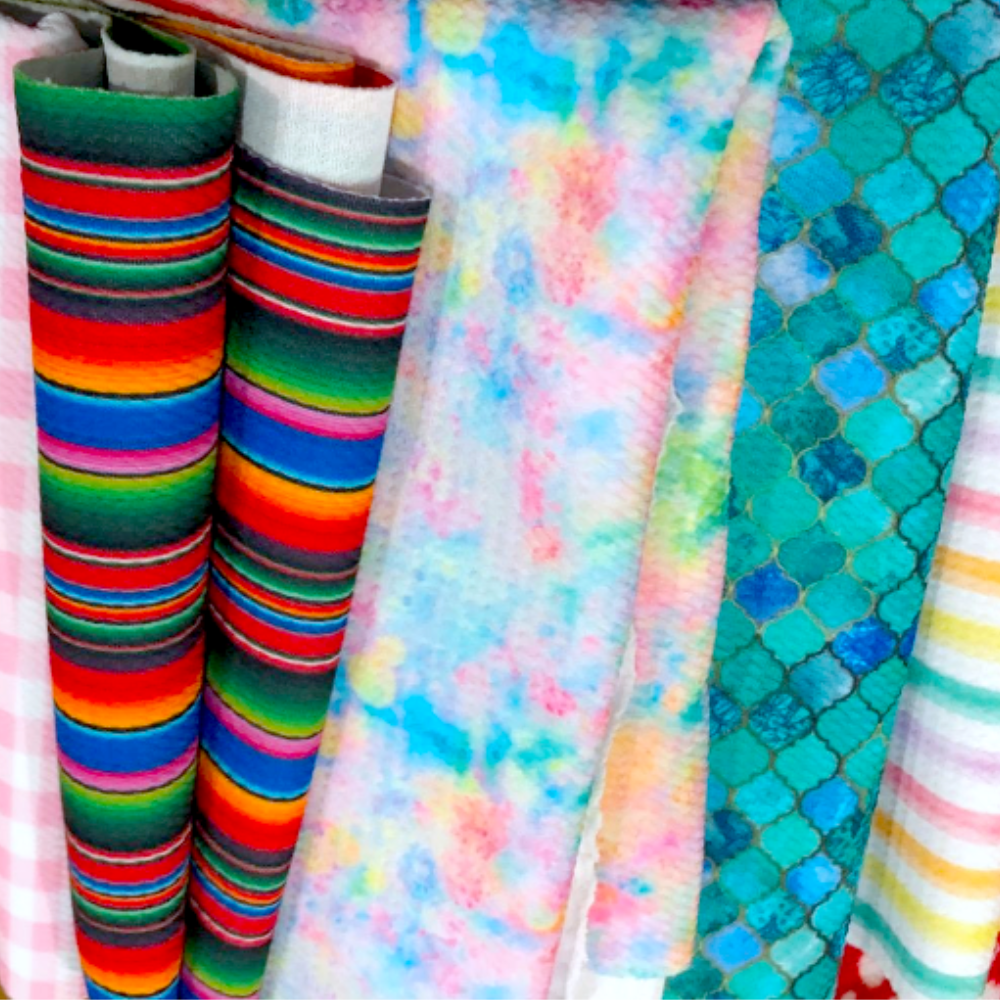


The Basics of Fabric Selection
When it comes to fabric selection, there are a few key things to keep in mind.
The first is the weight of the fabric.
Most fabrics come in a range of weights, and it's important to select the right weight for your project.
Heavier fabrics, like canvas and denim, are great for larger pieces, while lightweight fabric, like cotton and silk work, better for smaller pieces.
The second is the weave of the fabric.
Tighter weaves will hold up better over time, while looser weaves may fray and wear out faster.
Color is also an important factor to consider; color fastness is crucial in making sure your project will last without fading or washing out.
Bright and bold colors can make a statement, while subtle colors can add depth and dimension to your artwork.
When selecting colors, it's important to consider the mood and tone of your piece.
If you want to create a playful and cheerful artwork, consider using bright and vibrant colors.
If you want to create a more somber and introspective piece, consider using darker and more muted colors.
Pattern pieces of fabric can make all the difference in a project.
Whether it's traditional floral prints, plaids, or geometric shapes – patterns can help give your artwork an extra touch of personality.
With the right patterns, you can really make a statement with your fabric-based pieces.
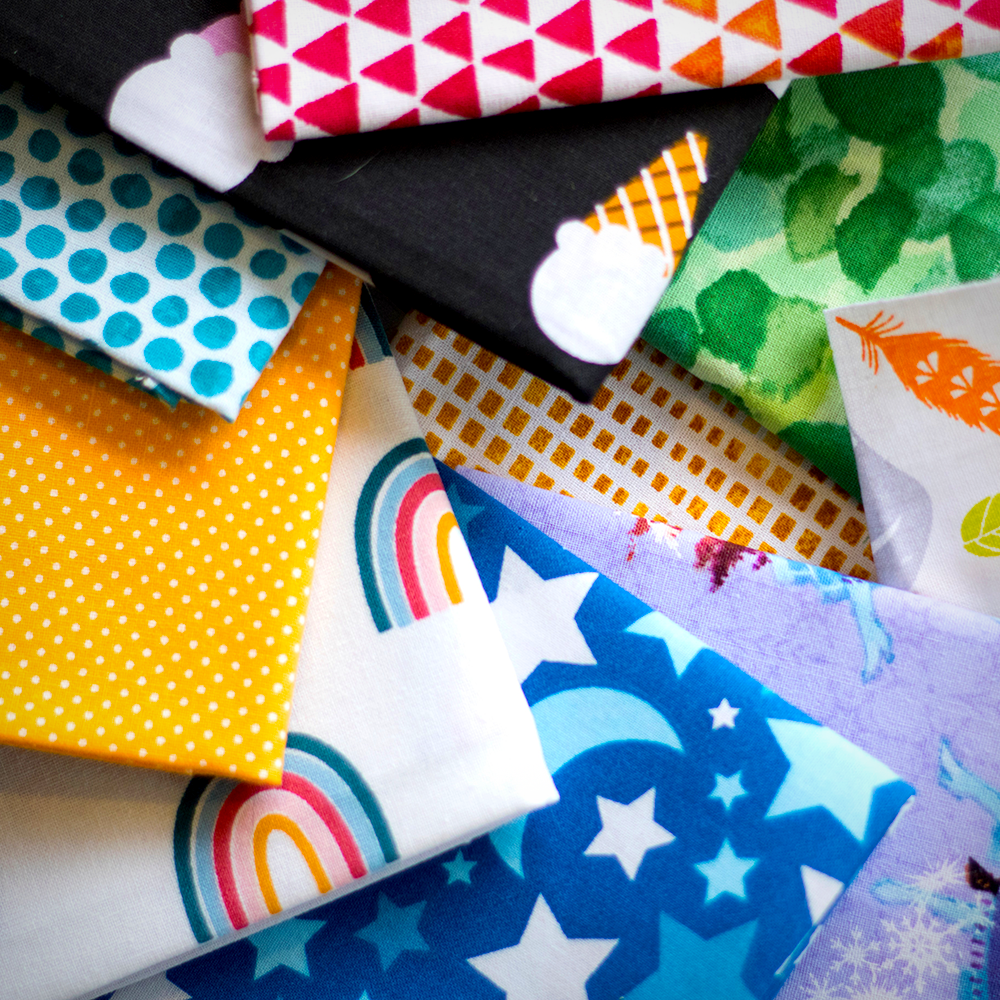
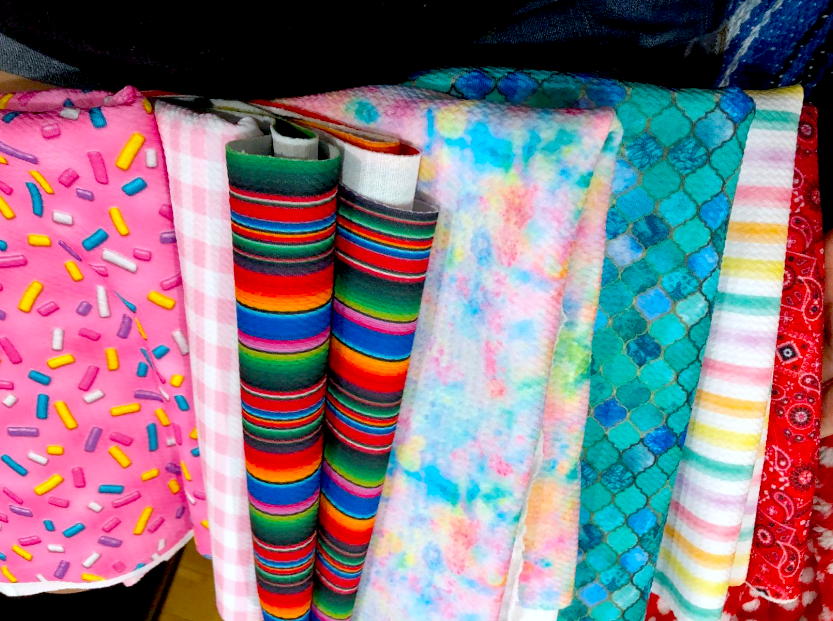

Choose the Right Fabric Type
The success of your project often depends on the type of fabric you select.
Some fabrics are better suited for certain projects than others, so it's important to understand the different types of fabric and how they can affect your artwork.
For example, if you're creating a project that will require a lot of movement, knits and stretchy materials are perfect.
On the other hand, if you're creating something that has more structure, such as a jacket or a tailored dress, then a heavier fabric like tweed would be a better choice.
Lightweight fabrics, such as silk and chiffon, are perfect for draping, while heavier fabrics, like wool and velvet, are best for structured pieces.
Cotton fabric is a popular choice for many types of projects, as it's lightweight and easy to work with.
It can also be dyed in a variety of colors, making it an ideal choice for colorful artwork.
Silk is another good option, as it's lightweight and has a luxurious feel.
However, silk can be more expensive than other fabrics and is a bit trickier to work with.
It's also important to consider the amount of care that certain fabrics require.
Delicate fabrics, like lace and sheer organza, will need extra attention and care when washing, while hardy materials like denim can handle more vigorous washing and drying.
A delicate fabric is perfect for a special occasion garment, while denim is more ideal for everyday wear.
Also consider the purpose and the drape you're looking for when choosing fabric, and make an informed decision.
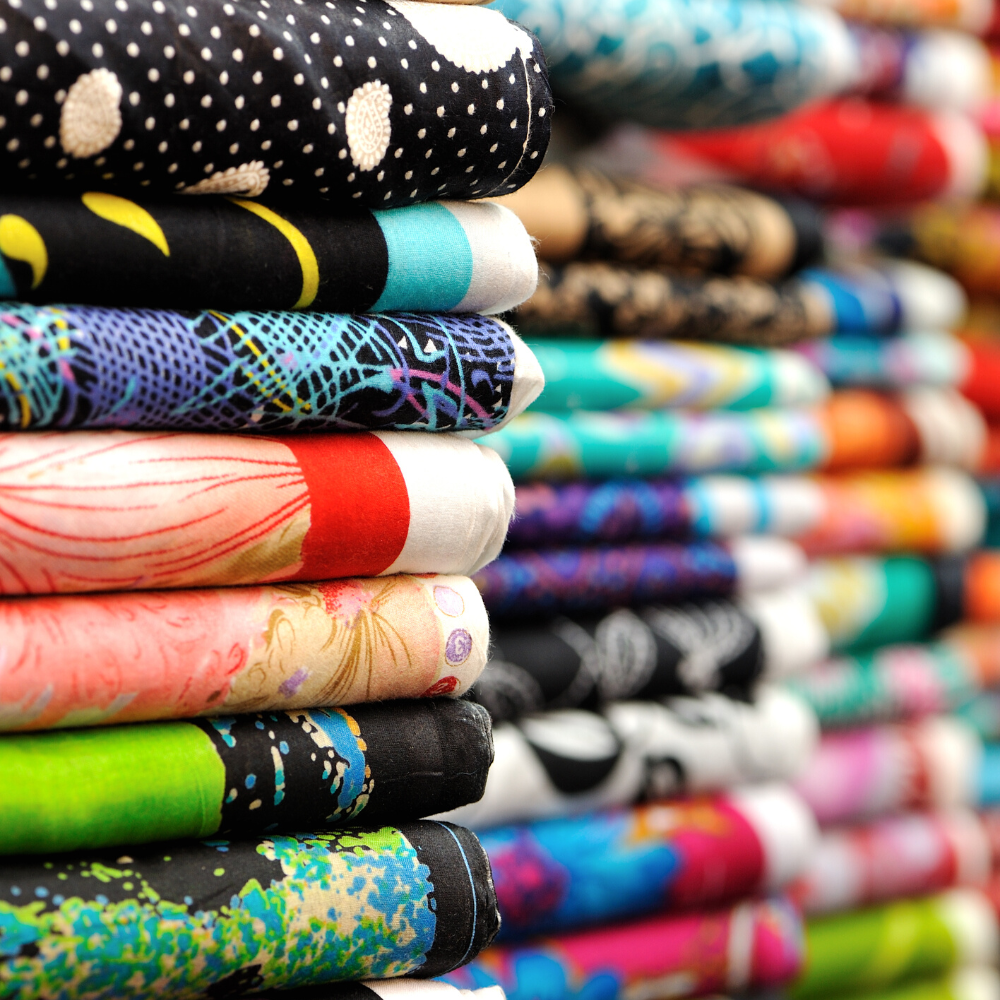
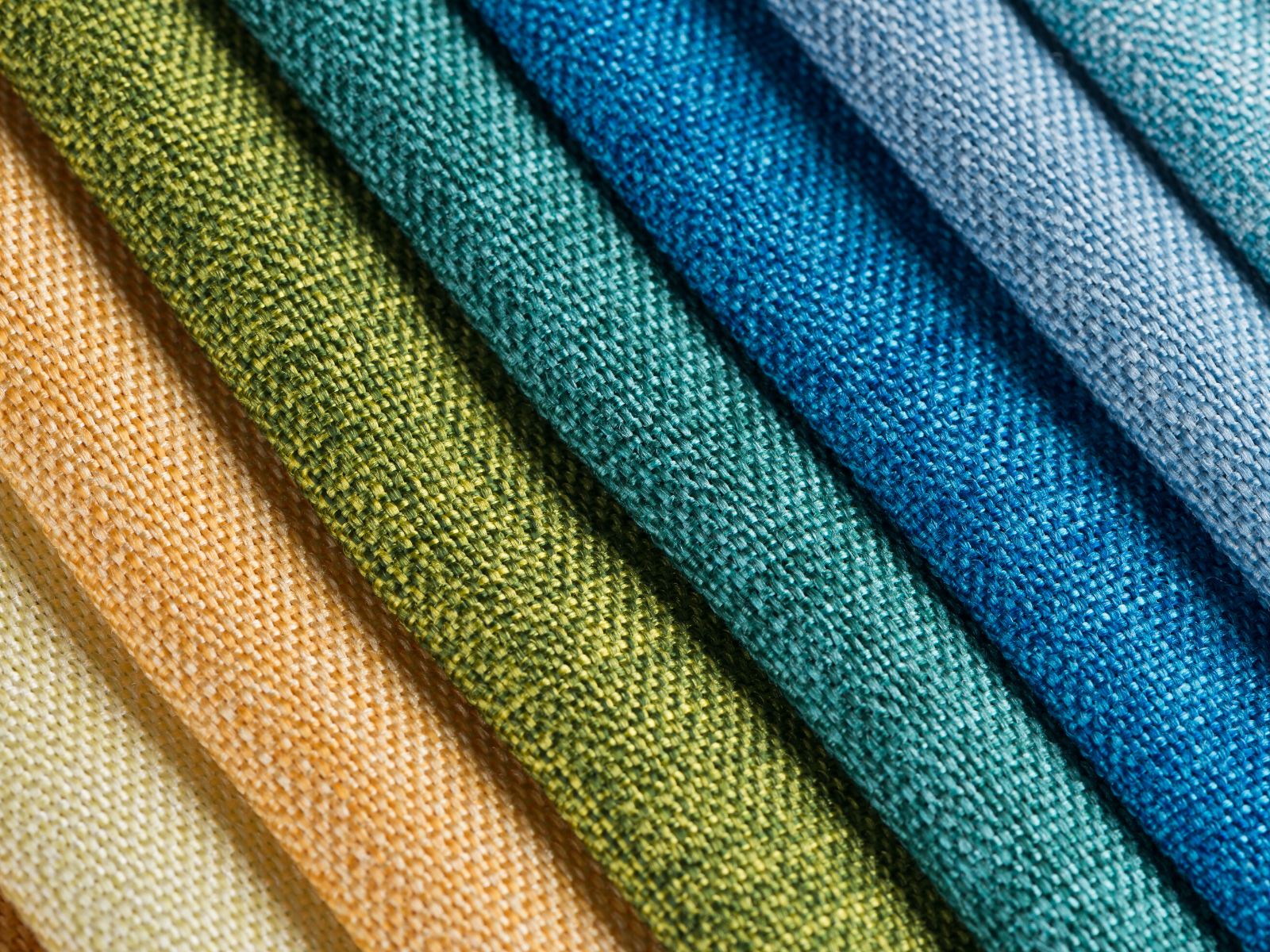
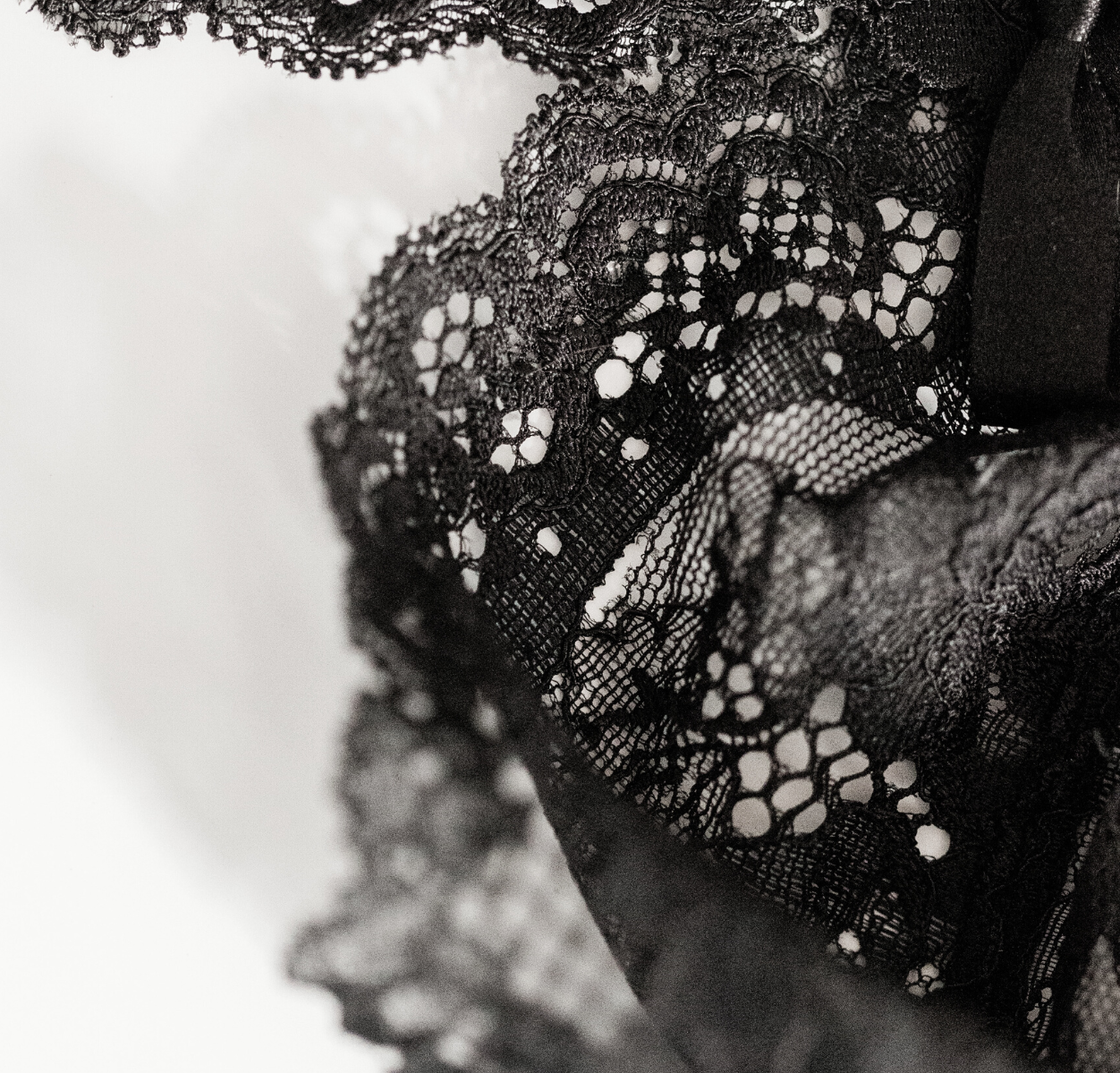
Check the Fiber Content
The fiber content of your fabric plays a crucial role in determining how it will wear over time.
When purchasing your fabrics, it's essential to check the label and note the fiber content.
Natural fabrics, like cotton or silk, are more breathable and often more comfortable to wear, but they are also prone to wrinkling.
Synthetic fabrics, such as polyester or nylon, are durable and easy to care for but don't breathe well.
Blends, which combine natural and synthetic fibers, are a great choice for everyday garments since they offer the best of both worlds.
It's also important to note that blended fabrics may require special care instructions, so be sure to check the label for any special instructions.
Understanding the fiber content will help you make the best choice for your project.


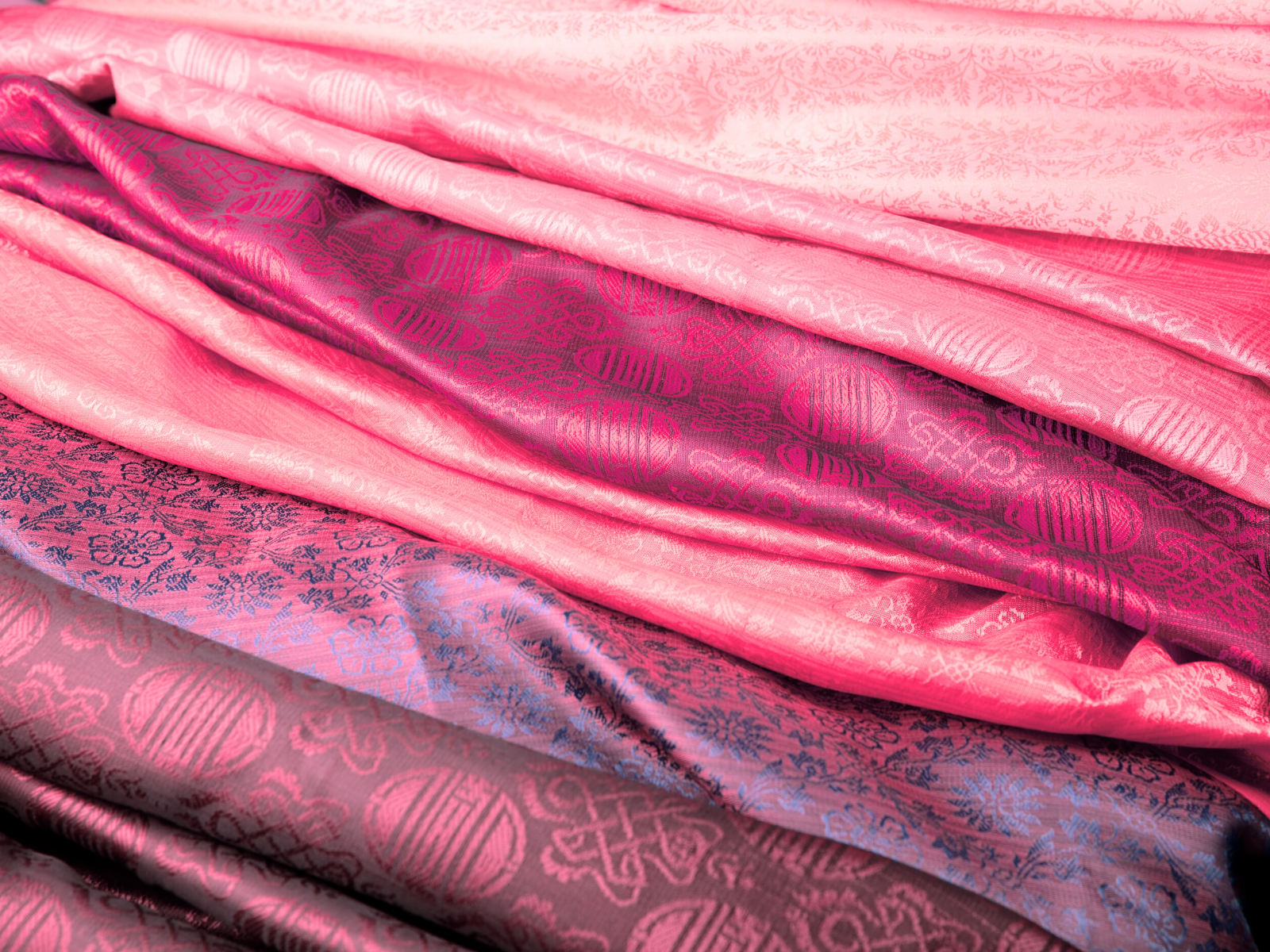
Consider the Fabric's Width
The width of your fabric will determine how much material you'll need to purchase for your project.
Most fabric bolts come in either 45-inch, 54-inch, or 60-inch widths.
If you're working on a big project, it's essential to take note of the width of the fabric to make sure you buy enough material.
Additionally, certain projects may require you to work with specific widths of fabric.
For example, quilting typically requires fabric with a width of 45 inches.
If you're unsure about the width of your fabric, it's best to check the label or consult a professional for advice.
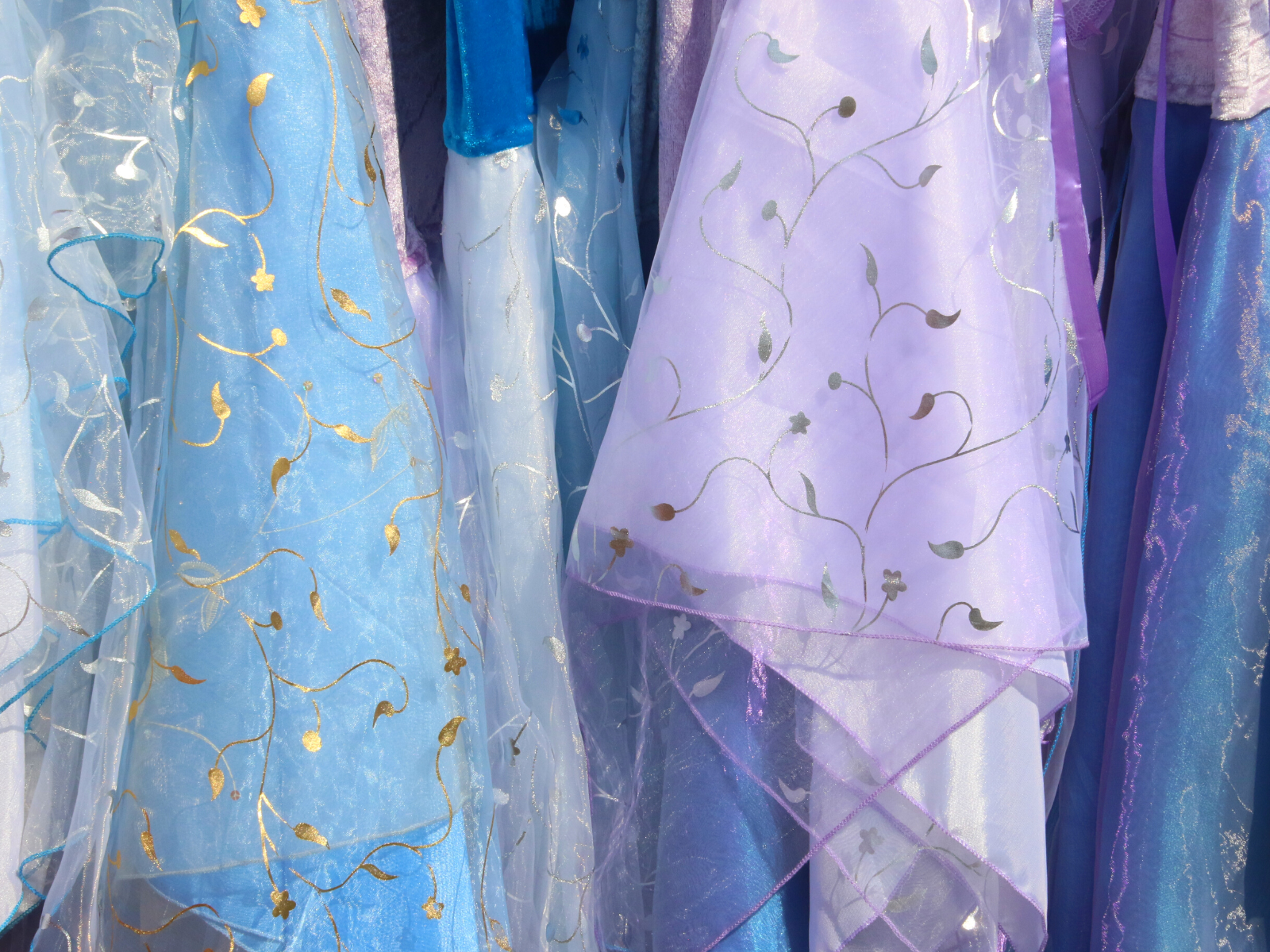
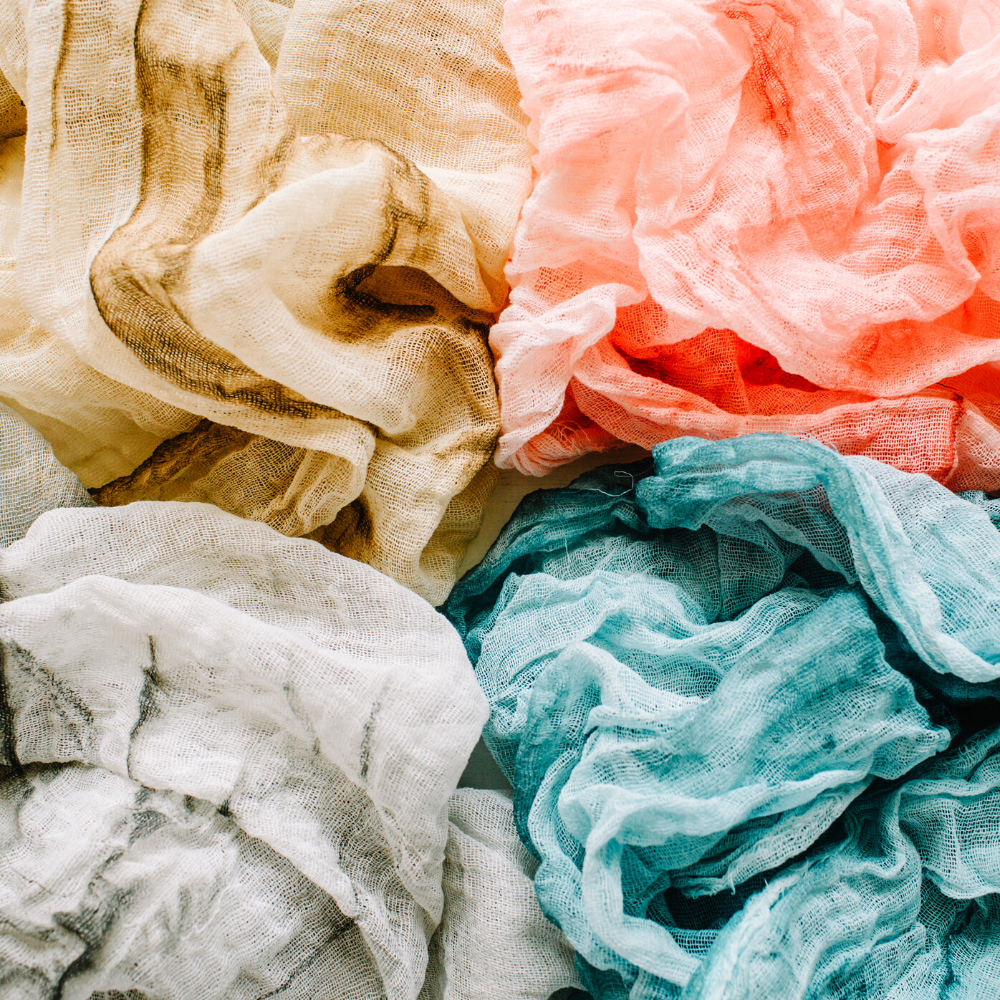
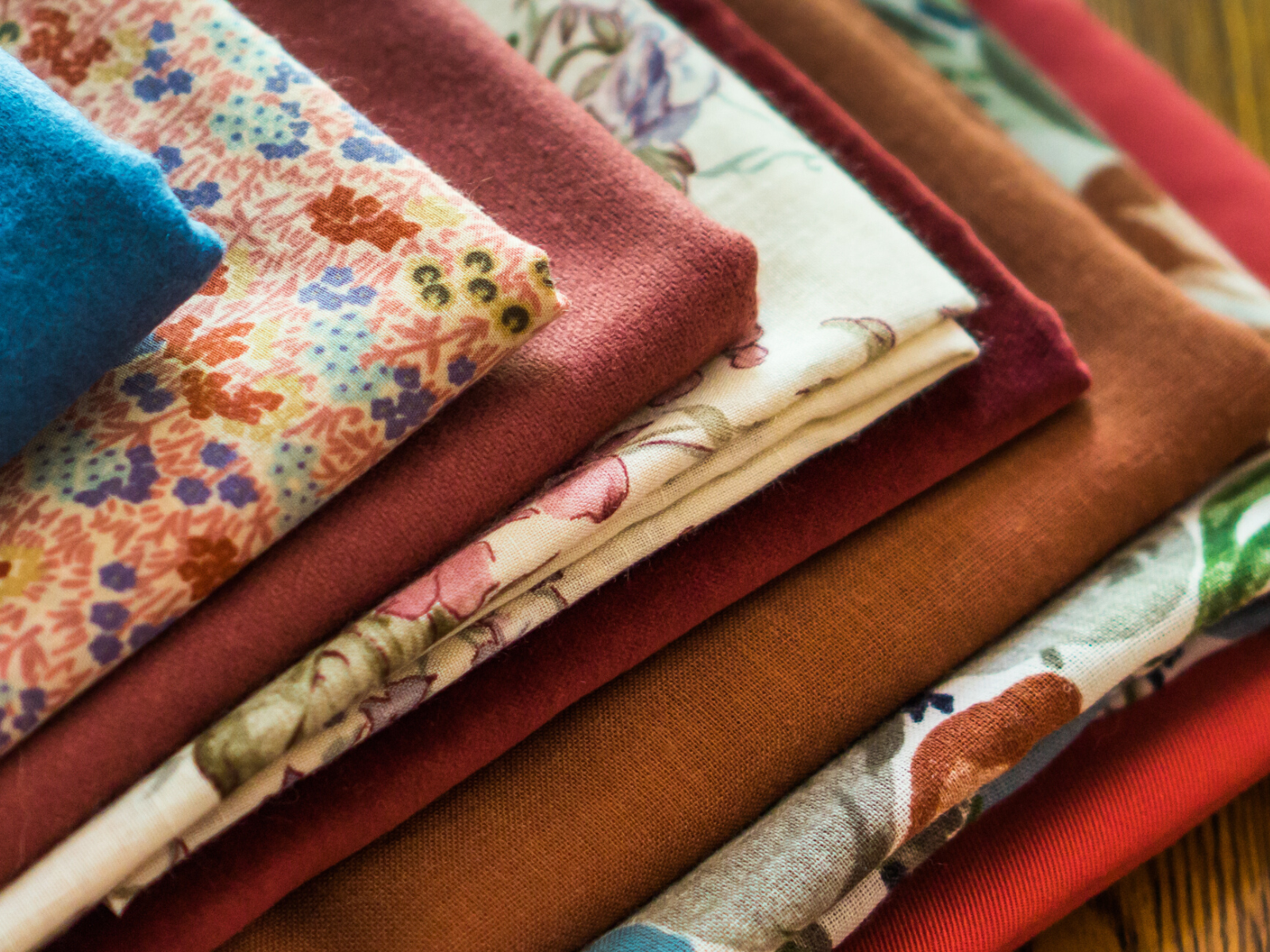
Caring for Your Fabrics
Caring for your fabric is essential in ensuring that it stays in good condition over time.
When purchasing your fabric, check the care instructions to determine the best way to care for it.
For example, silk fabrics require gentle handwashing and air-drying, while cotton fabrics can be washed using a washing machine.
Proper care of your fabric will significantly affect its durability and longevity.
Once you've selected your fabric, it's important to take proper care of it to ensure its longevity.
The first step is to pre-wash your fabric before using it in your artwork.
This will remove any sizing or chemicals that may be present in the fabric and prevent shrinkage or color bleeding.
After pre-washing, it's important to handle your fabric with care.
Avoid using harsh chemicals or abrasive materials when cleaning or caring for your fabrics.
Instead, use a mild, phosphate-free detergent and a gentle cycle or hand-wash setting.
To prevent damage to your fabrics, always store them in a cool, dry place away from direct sunlight or moisture.
If you must fold your fabrics, do so carefully to avoid creases and wrinkles.
Finally, it's important to inspect your fabrics regularly for signs of wear and tear.
Check for fraying or fading, as these are indicators that the fabric may need to be replaced.


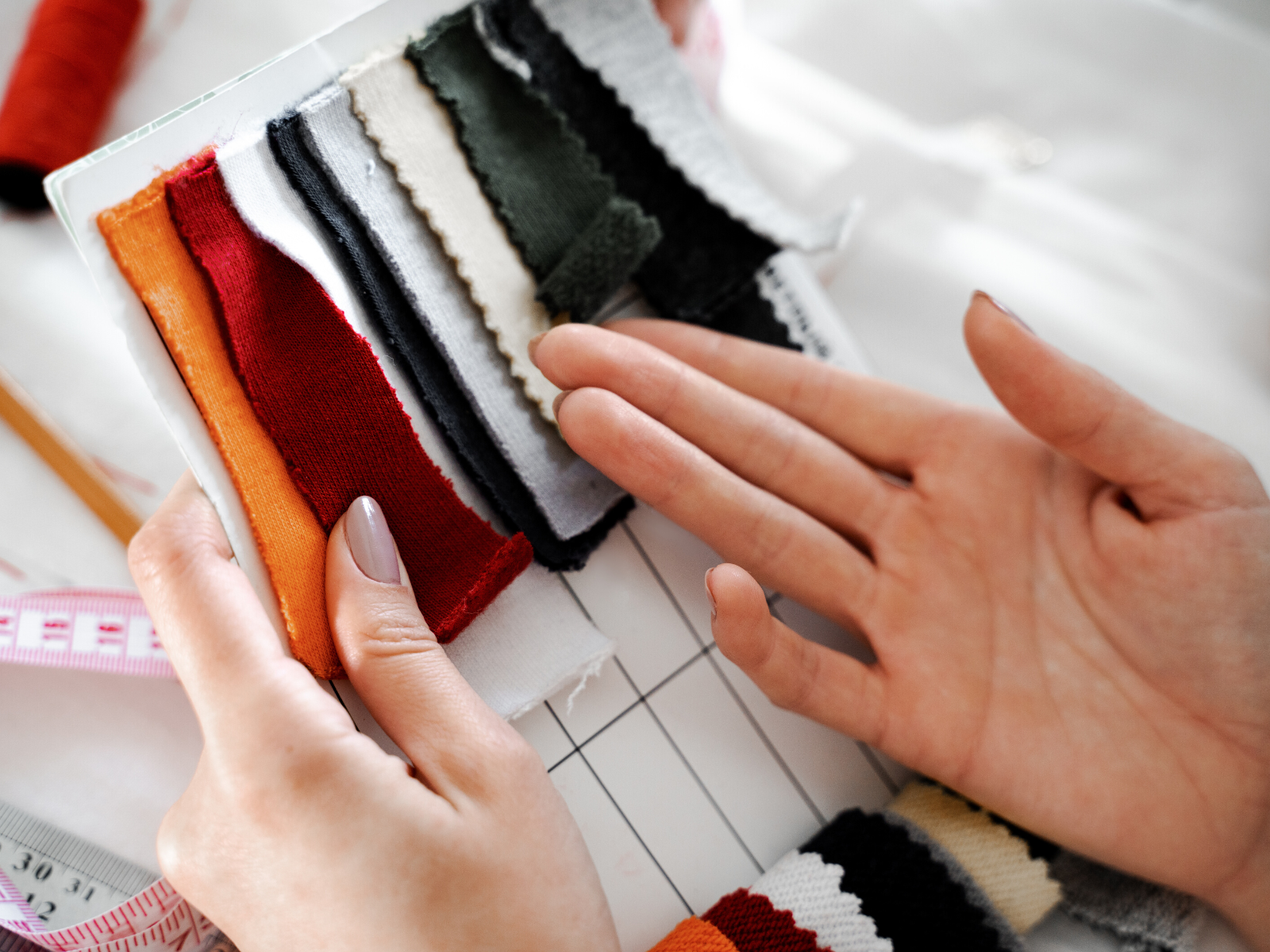
Store Your Fabric Correctly
Storage is also a vital aspect of taking care of your fabric.
When storing your fabric, it's essential to keep it away from sunlight and moisture.
Sunlight can cause fading, while moisture can lead to mold and mildew.
Additionally, it's essential to store your fabric in a cool and dry place, free from insects.
Insects can cause irreparable damage to your fabric, so make sure you protect it from pests.
Finally, use acid-free storage containers when storing your fabric.
These will help to protect the fabric from damage caused by acidic substances, such as glue or paint.
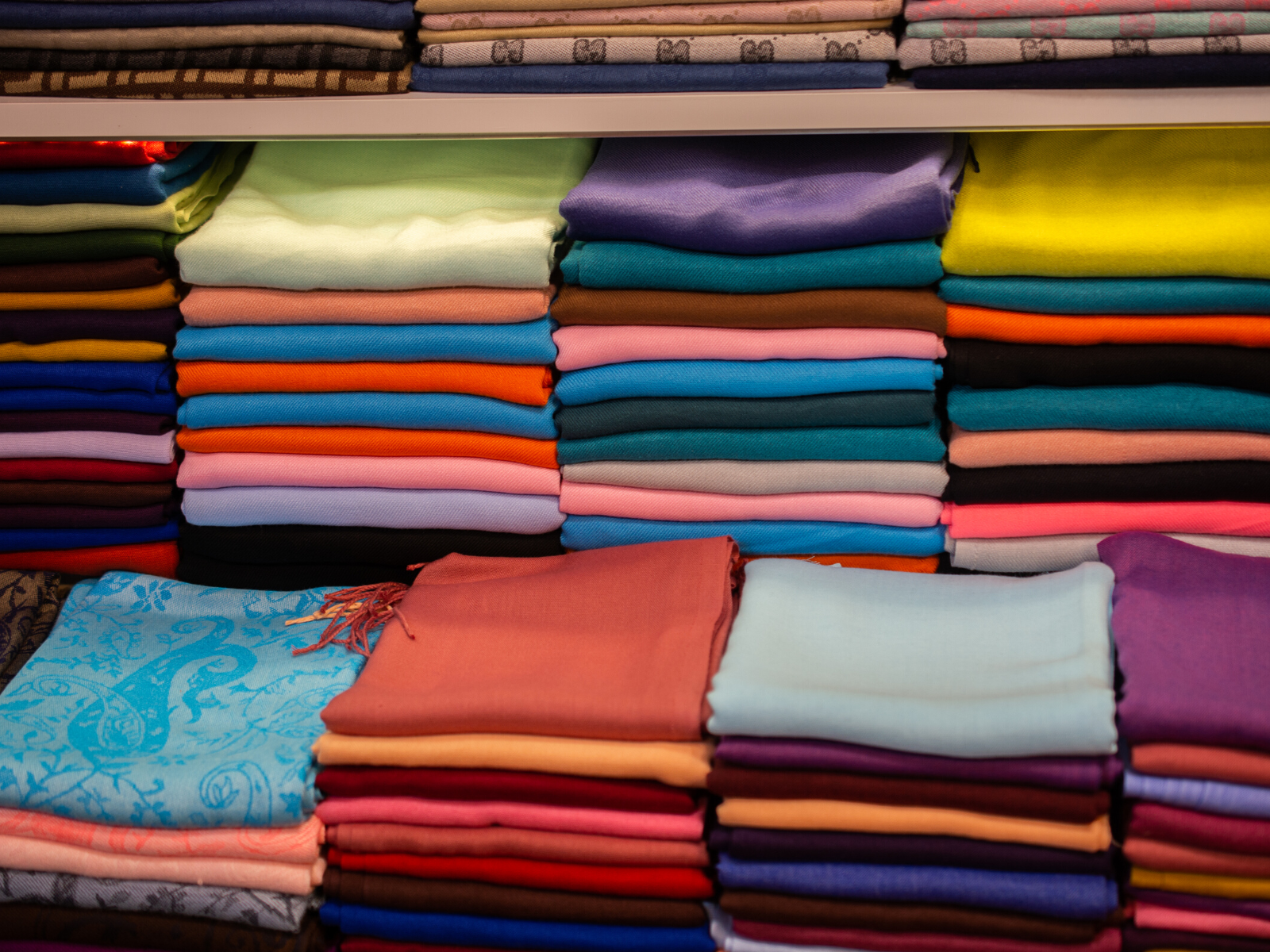


Creating with Fabrics
Now let's talk about creating with fabrics; there are many great ideas for projects that use fabric.
The possibilities are endless when it comes to using fabrics in your artwork.
Whether you're an experienced artist or a beginner, there are plenty of creative and fun ways to use fabrics in your projects.
You can use them to make clothing, accessories, wall hangings, quilts, and much more.
A sewing machine is essential for complex projects, such as making clothes or quilts.
Some creators will use a walking foot or a embroidery machine for more intricate projects.
For more simple projects hand-sewing may be sufficient.
If you're just starting out with fabric, basic sewing techniques, like hemming or gathering, are great places to begin.
A rolled hem, for instance, is an easy way to add a finished look to a garment.
You can also add tissue paper underneath to add texture and volume to your project.
Once you've mastered the basics, you can move on to more complex techniques such as applique and quilting.
Here are a few ideas to get you started:
- Mixed media: Incorporate fabrics into your mixed media pieces for tactile interest and visual depth.
- Embroidery: Use fabrics as a base for embroidery, adding texture and dimension to your stitch work.
- Collage: Cut and layer fabrics to create bold and colorful collages.
- Sculpture: Use fabrics to create soft and pliable sculptures with endless possibilities.
- Fashion design: Create wearable art by incorporating fabrics into your fashion designs.
- Quilting: Combine different fabrics to create unique and intricate quilts that tell a story or convey a message.
No matter what your skill level, there are plenty of ways to incorporate fabrics into your projects.
With some imagination and creativity, you can create pieces that are truly remarkable and thought-provoking!
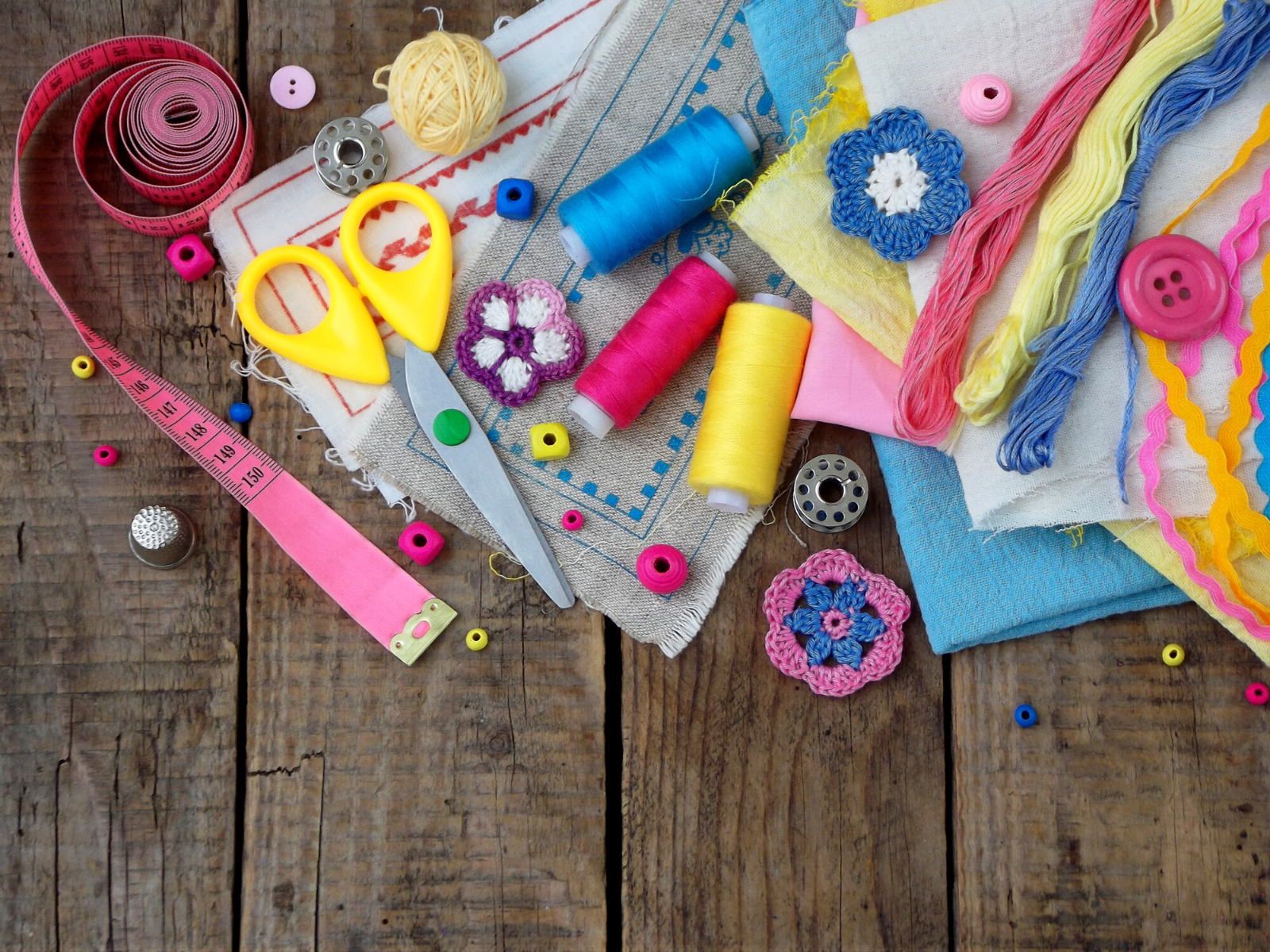


Crafting with Fabric Tips
Choosing, caring for, and creating with fabrics is an exciting journey filled with endless possibilities.
By keeping these fabric tips for artists in mind, you'll be well on your way to creating artwork that is not only beautiful but also durable and long-lasting.
Purchasing fabrics is an exciting process that requires attention to detail.
With the above tips, you'll be on your way to selecting the perfect fabric for your next project.
Remember to consider the fiber content, fabric width, and the project's purpose, and with proper care and storage, you will ensure that your project stays in excellent condition for years to come.
Whether you're a seasoned pro or a newbie, these great tips will help you navigate the world of fabrics with confidence and ease.
So, go ahead, experiment with beautiful fabric, and let your creativity soar!
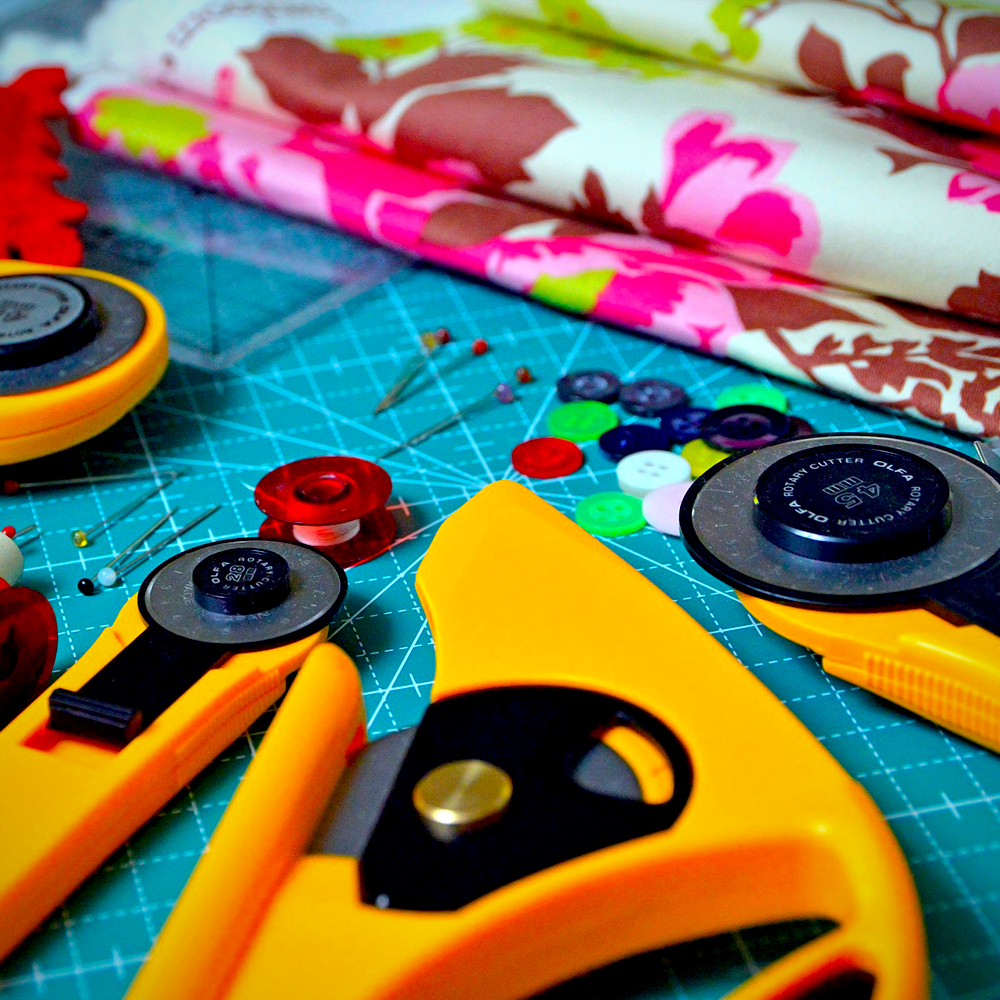
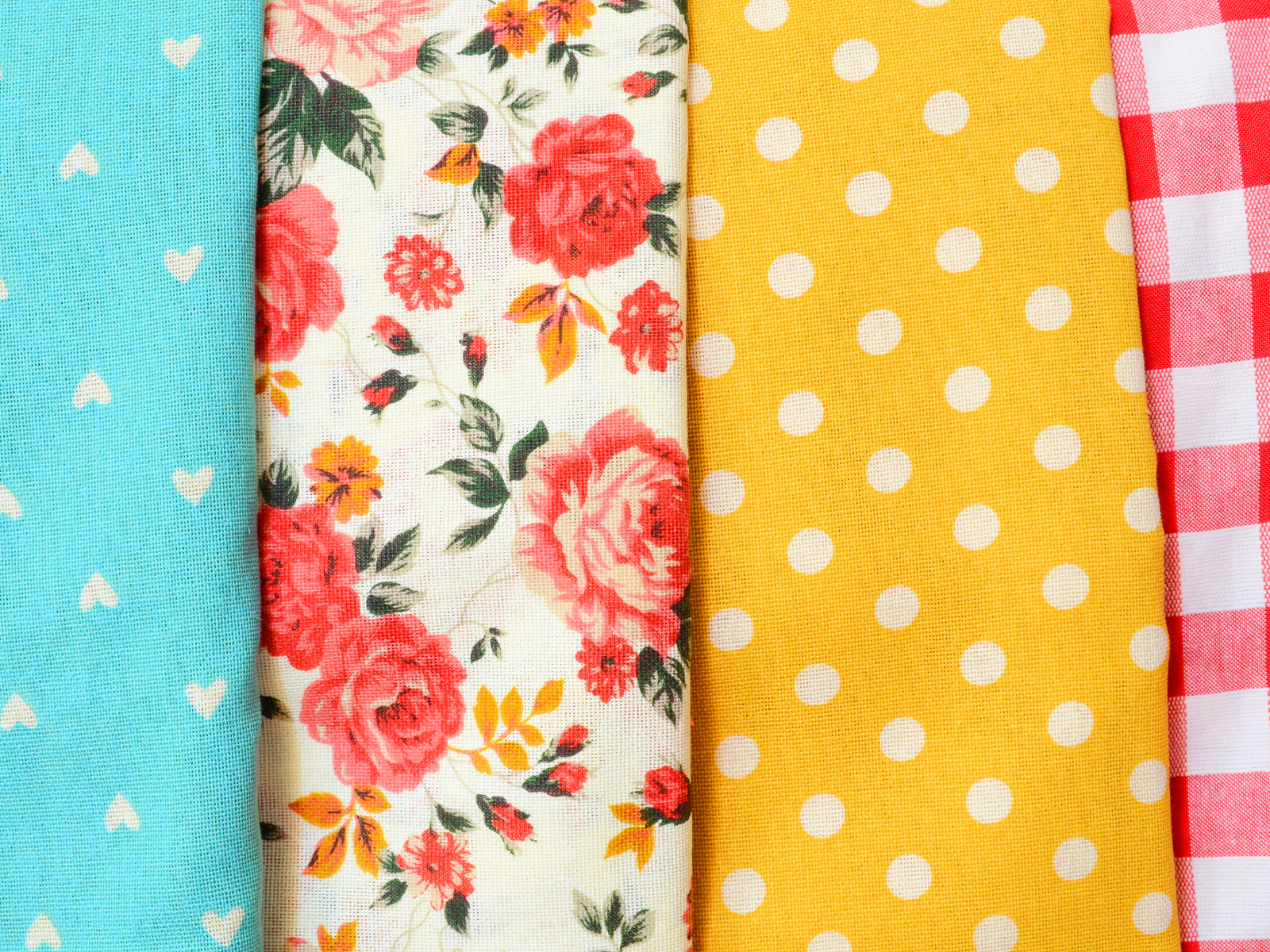
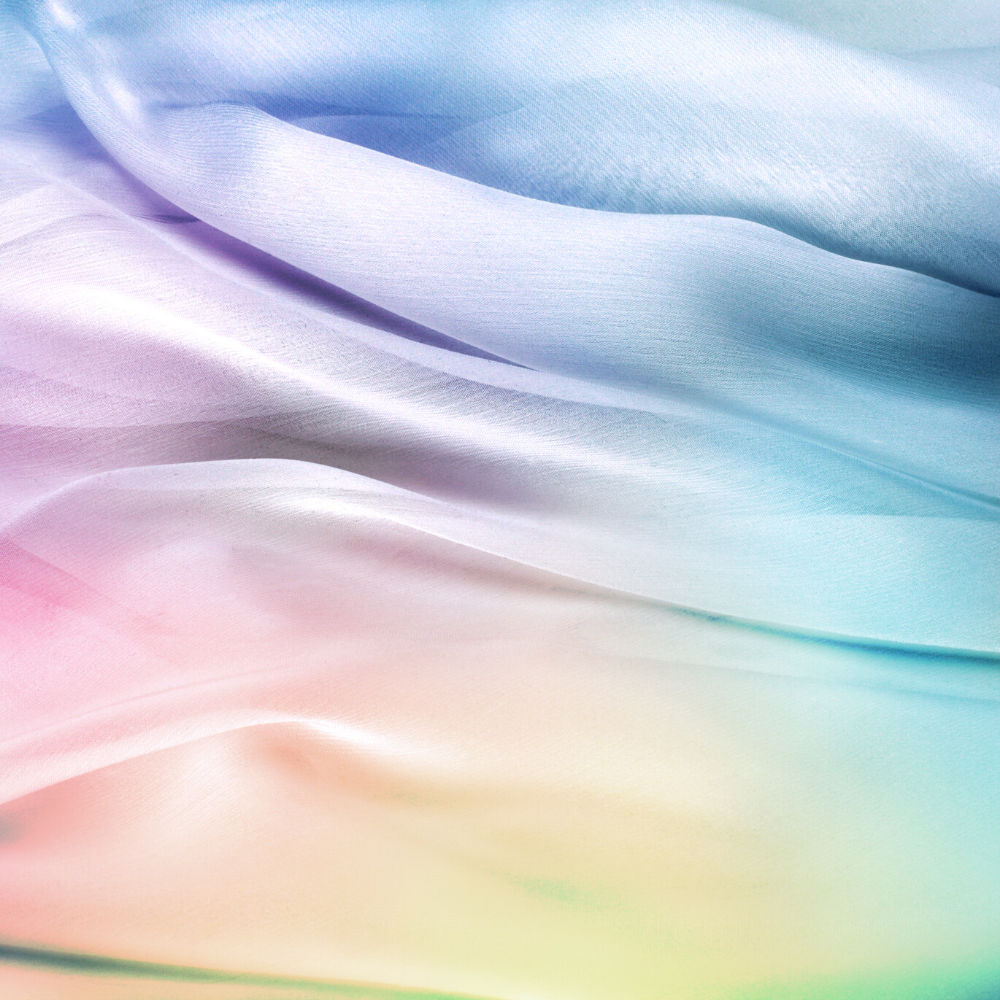
Interested in learning more about choosing and working with fabrics? Check out The Fabric Patch's video!
Want even more content about creativity and art?
Be sure to check out all of our creative chronicles!
Interested in crafting with fabrics?
Check out some of our other textile articles:
